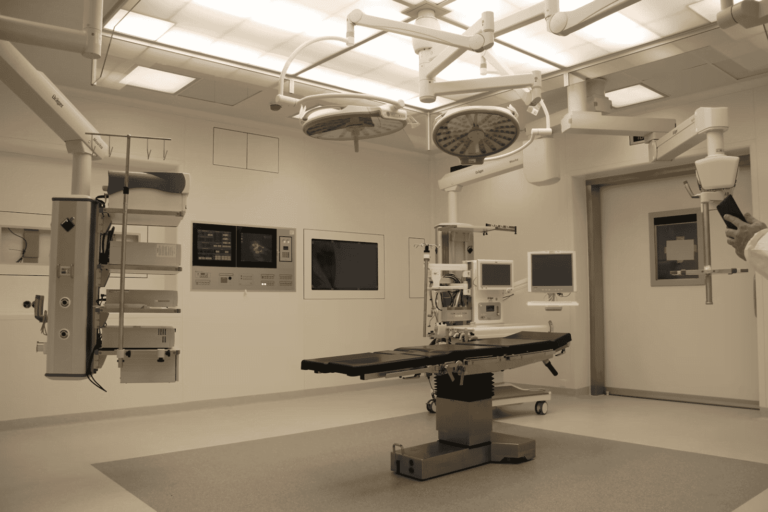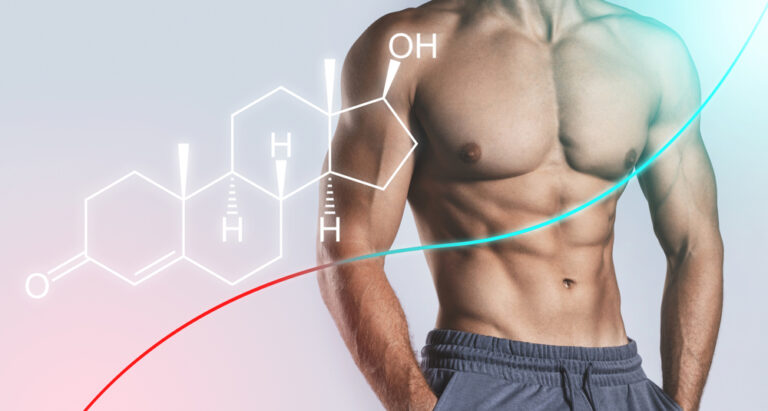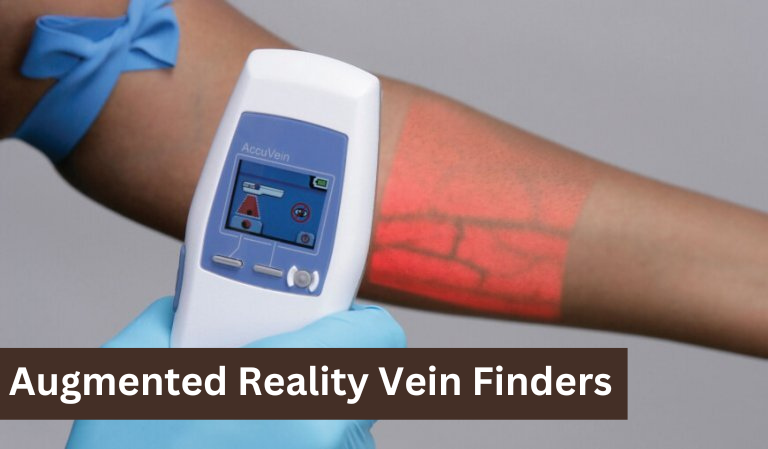How To Used Tennis Elbow Medical Devices: A Comprehensive Guide
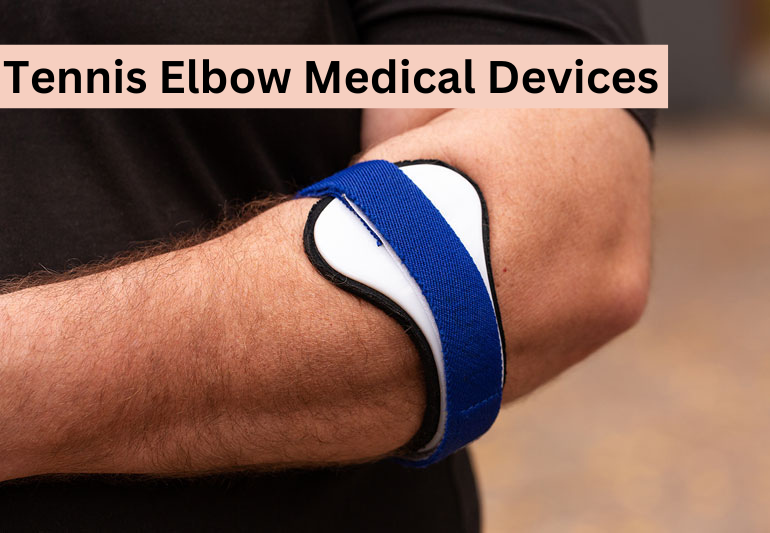
Tennis elbow, also known as lateral epicondylitis, is a common and painful condition affecting tennis players and anyone who engages in repetitive wrist and forearm motions. The symptoms can be debilitating, often hindering daily activities and one’s ability to swing a racket. Thankfully, there’s been an impressive surge in medical technology designed to aid recovery in recent years.
These devices vary widely in their approach, from traditional braces to cutting-edge electrophysical modalities, each aiming to reduce pain and promote seeking relief from tennis elbow. Read on to discover a range of solutions that significantly impact recovery time and quality of life for athletes and sports enthusiasts alike.
What Is Tennis Elbow?
Tennis elbow, medically known as lateral epicondylitis, is characterized by pain and tenderness outside the elbow. This discomfort is primarily due to the overuse of the muscles and tendons in the forearm, leading to inflammation and, in some cases, micro-tearing of the tendons that attach to the lateral epicondyle.
The Power of Compression with Elbow Braces
Elbow braces, or counterforce braces, are among the earliest technologies adopted to manage tennis elbow. Designed to apply pressure to the tendons in the arm, these braces can help alleviate pain during activities that would otherwise exacerbate the condition.
Mechanical braces offer constant support, while newer adjustable models allow users to tweak the compression to their comfort. Many athletes have found that wearing a brace during play reduces immediate pain and supports their elbow to prevent future injury.
Causes and Risk Factors
The name might suggest an affliction limited to racket-sport enthusiasts, but tennis elbow can affect anyone whose activities involve repetitive arm and wrist movements. From carpenters to chefs and office workers, the risk factors are diverse and encompass various occupations and hobbies.
Benefits of Tennis Elbow Medical Devices
The condition, which is also referred to as lateral epicondylitis, is the name of a condition that is characterized by discomfort on the outer side of the elbow, usually caused by overuse of the muscles and tendons in the forearm, causing inflammation, and occasionally micro-tears in the tendons that connect to the epicondyle’s lateral side. Medical devices that are designed to aid in the treatment and management of tennis elbow provide a variety of benefits:
- Pain Relief: Devices such as elbow braces, straps, and supports can provide targeted compression to the affected area. This compression helps reduce strain on the injured tendons, alleviating pain and discomfort.
- Improved Healing: By limiting the movement of the elbow and forearm, these devices can prevent further strain and injury, allowing the tendons to rest and heal. Compression and support also improve blood circulation to the area, aiding the healing process.
- Enhanced Stability and Support: For individuals returning to physical activities or sports, elbow braces, and supports can offer additional stability to the elbow joint, reducing the risk of re-injury. This support can be crucial for athletes or those whose occupations require repetitive arm movements.
- Prevention of Further Injury: By evenly distributing the stress placed on the forearm muscles and tendons, tennis elbow devices can help prevent the condition’s progression or new injuries, especially during high-risk activities.
- Customizable Fit and Support: Many tennis elbow devices come with adjustable straps or are made from flexible materials that can be customized to fit the user’s arm snugly, ensuring that the level of compression and support is practical and comfortable.
- Non-Invasive Treatment Option: For many tennis elbow sufferers, medical devices represent a non-invasive treatment option that can be tried before considering more invasive treatments such as corticosteroid injections or surgery.
- Cost-Effective: Compared to other treatment options, elbow braces, straps, and supports are relatively inexpensive and accessible. This makes them a cost-effective component of a comprehensive treatment plan for tennis elbow.
- Ease of Use: Most tennis elbow medical devices are designed for easy application and removal, allowing users to manage their condition independently without needing professional assistance for daily use.
How to use Tennis Elbow Medical Devices?
Using tennis elbow medical devices involves a few steps, typically centered around providing support, compression, and sometimes therapeutic benefits to the affected elbow area. These devices, such as elbow braces, straps, or sleeves, are designed to alleviate pain, reduce inflammation, and support healing. Here’s a general guide on how to use these devices:
Choose the Right Device
- Elbow Braces are usually more rigid and provide substantial support to the elbow joint.
- Compression Sleeves offer gentle compression, improving circulation and providing support without as much rigidity.
- Tennis Elbow Straps specifically target the forearm muscles, applying pressure to alleviate tension and stress.
Wear It Correctly
- Read Instructions: Before wearing any device, it’s crucial to read the manufacturer’s instructions for proper use and placement.
- Placement for Straps: The tennis elbow strap should be placed just below the elbow on the affected forearm. The idea is to compress the forearm muscles without cutting off circulation.
- Adjusting Braces or Sleeves: Ensure the device is snug but tight. It should compress the area without causing numbness or tingling.
Use During Activities
- Wear the device during activities that could aggravate your tennis elbow, such as sports or repetitive work tasks. This helps prevent further injury and assists in the healing process.
Monitor Your Response
- Pay attention to how your elbow responds to the device. Some discomfort at the beginning is normal, but persistent or increased discomfort means you should adjust the device or consult a healthcare professional.
Combine with Other Treatments
- Using these devices in conjunction with other treatments like physical therapy, rest, ice, and possibly nonsteroidal anti-inflammatory drugs (NSAIDs) can enhance your recovery.
Care and Maintenance
- Follow cleaning instructions to ensure the device remains practical and hygienic. Regularly inspect it for wear and tear, replacing it if necessary.
Consult Healthcare Professionals
- If you require assistance with a suitable device or how to utilize it efficiently, consult a medical professional like a physiotherapist or doctor. They will provide you with individualized guidance based on your particular health condition.
Symptoms of Tennis Elbow
- Pain radiates from the outside of the elbow into the forearm and wrist.
- Difficulty in shaking hands or gripping objects.
- A weakening of the grip.
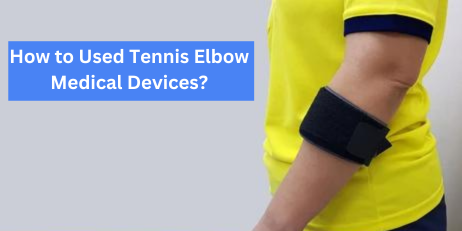
Diagnosing Tennis Elbow
Medical Consultation
A diagnosis typically begins with a detailed conversation about your symptoms and a physical examination. Your doctor may apply pressure to the affected area or ask you to move your arm, wrist, and fingers in various ways.
Diagnostic Tests
In some cases, additional tests like X-rays, MRIs, or EMGs rule out other conditions that could be causing your symptoms.
The Role of Medical Devices in Managing Tennis Elbow
Importance of Early Intervention
Early intervention with the proper medical devices can significantly reduce recovery time and prevent the condition from worsening.
Overview of Medical Devices for Tennis Elbow
Several devices can aid in the recovery and management of tennis elbow, including elbow braces and supports, compression sleeves, TENS units, and cold therapy systems.
Elbow Braces and Supports
These devices are designed to reduce strain on the injured tendons, allowing them to rest and heal. They apply targeted pressure on the forearm muscles, altering the tendons’ angle.
Compression Sleeves
Compression sleeves offer support and increase blood flow to the affected area, promoting healing and reducing swelling.
TENS Units
Transcutaneous Electrical Nerve Stimulation (TENS) units can help manage pain by delivering tiny electrical impulses through the skin, which can interrupt or block pain signals sent to the brain.
Cold Therapy Systems
Cold therapy helps reduce inflammation and pain. Systems designed for elbow use can provide consistent, targeted cooling to the area.
How to Choose the Right Medical Device for Tennis Elbow
Factors to Consider
When selecting a medical device, consider your condition’s severity, activity level, and any recommendations from healthcare professionals.
Seeking Professional Advice
It’s crucial to consult with a healthcare provider to ensure the device you choose is appropriate for your specific situation.
Incorporating Medical Devices into Your Recovery Plan
Integration with Physical Therapy
Medical devices are often most effective with physical therapy exercises designed to strengthen and stretch the forearm muscles.
Lifestyle and Ergonomic Adjustments
Making adjustments to your work and home environments to reduce strain on your elbow can also be beneficial. This might include ergonomic modifications to your workspace or changes in certain activities.
Success Stories: Real-Life Impact of Medical Devices on Tennis Elbow
Case Studies
Real-life examples highlight how the right combination of medical devices and therapy can lead to significant improvements, even in chronic cases.
Expert Insights
Healthcare professionals can provide valuable insights into the effectiveness of different devices and treatment approaches.
Maintaining Elbow Health Post-Recovery
Preventative Measures
Simple strategies, such as warming up before engaging in physical activity and taking regular breaks from repetitive tasks, can help prevent the recurrence of tennis elbow.
Long-term Care Strategies
Using supportive devices during activities that strain the elbow and maintaining strength and flexibility through exercise can help keep your elbows healthy.
Conclusion
Tennis elbow is a manageable condition with the right approach, including medical devices, therapy, and lifestyle adjustments. Early intervention and adherence to a comprehensive treatment plan can lead to a full recovery and prevent future issues.
FAQ
What is the best medical device for tennis elbow?
The best device depends on individual factors like the severity of your condition and lifestyle needs. Consultation with a healthcare professional is essential.
Can tennis elbow heal without medical devices?
Yes, mild cases can heal with rest and proper care. However, medical devices can speed up recovery and prevent further injury.
How long should I use a medical device for tennis elbow?
Duration varies based on the severity of the condition and individual recovery rates. It’s important to follow your healthcare provider’s recommendations.
Are there any side effects of using medical devices for tennis elbow?
Properly used, medical devices have minimal side effects. However, misusing a device can lead to further injury.
How can I prevent tennis elbow from recurring?
Preventative measures include using ergonomic tools, taking regular breaks from repetitive tasks, and strengthening and stretching the muscles around the elbow.


